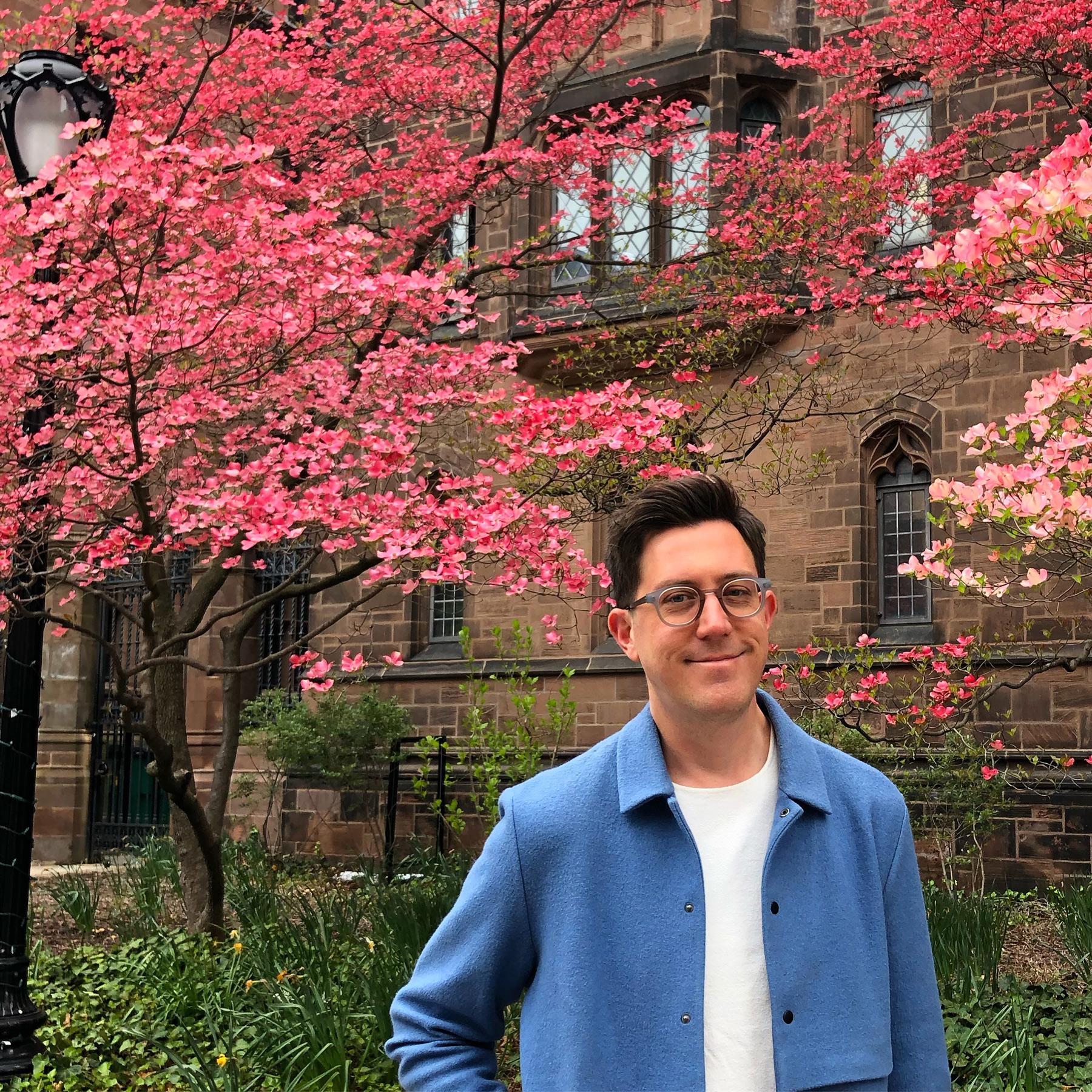Specialist in classical antiquity to lead reimagining of Stanford’s European Art collection for teaching, research and exhibition
John and Jill Freidenrich Director of the Cantor Arts Center at Stanford University Susan Dackerman announced today the appointment of Patrick Crowley to the role of Associate Curator of European Art, effective April 20, 2020.
Crowley is currently assistant professor of Art History and the College at the University of Chicago, where he leads courses on a range of topics in the history of art and in his specialty, the art and archaeology of the Roman world. Beyond traditional categories of classical art, including sarcophagi and portraiture, his research encompasses ancient aesthetics, theories of vision and representation and phenomenological approaches to visual evidence. This expertise extends to timely themes of materiality, media and embodiment, which Crowley brought into the museum setting through collaborations with the Art Institute of Chicago, the Isabella Stewart Gardner Museum and the Smart Museum of Art at the University of Chicago.
“Patrick’s experience unites art and artists in active, nimble ways that help viewers see familiar objects with fresh eyes while rethinking conventional narratives about the past,” said Dackerman. “He demonstrates commitment to bridging the museum and the academy, and to bringing students together with art in smart, contemporary ways. We are eager to welcome Patrick to the Cantor and for his ideas about activating the museum’s collection to cross the boundaries of academic disciplines and engender meaningful dialogue.”
As associate curator, Crowley will be responsible for the presentation, research, preservation and growth of the Cantor’s collection of European art, which ranges from the ancient world through 1900 and includes the largest collection of work by French sculptor Auguste Rodin that is outside of Paris.
In particular, the role will work closely with Stanford faculty members and across the museum’s curatorial team to cultivate innovative exhibitions, acquisitions and educational opportunities that deliver on the Cantor’s ambition to lead in the reinvention of what a university art museum can be in the 21st century.
“The university museum is perhaps the ideal space in which to confront questions that have enduring and vital significance and relevance for the academy and the broader public,” said Crowley. “I am especially excited to reimagine the rich and historic collections of the Cantor in ways that foster innovative object-driven research, teaching, and engagement for a diverse community here at Stanford and beyond.”
In addition to teaching, Crowley regularly lectures for scholarly communities and the public. This spring, he is leading a conference sponsored by the Stevanovich Institute on the Formation of Knowledge at the University of Chicago, “+/-: Molding, Casting, and the Shaping of Knowledge,” that explores the various historical and cultural implications affiliated with molding and casting procedures from the ancient world to the present day. His work has been supported by the Getty Research Institute, the National Endowment for the Humanities, the Center for Advanced Study in the Visual Arts and the Mrs. Giles Whiting Foundation. In 2019, Crowley published a monograph, The Phantom Image: Seeing the Dead in Ancient Rome (University of Chicago Press), the first major historical study of ghosts in the art and visual culture of classical antiquity.
He received his B.A. in classical archaeology with high honors and high distinction from the University of Michigan, Ann Arbor and his M.A., M.Phil. and Ph.D. with distinction from the Department of Art History and Archaeology at Columbia University in the City of New York.
The Cantor, which was founded alongside the university in 1891, is an encyclopedic museum containing more than 40,000 objects on Stanford’s campus. As part of its robust spring offerings, Paper Chase: Ten Year of Collecting Prints, Drawing, and Photographs at the Cantor -- an examination of some 85 objects of the more than 11,000 works on paper acquired by the museum in the past decade -- will open April 3.

